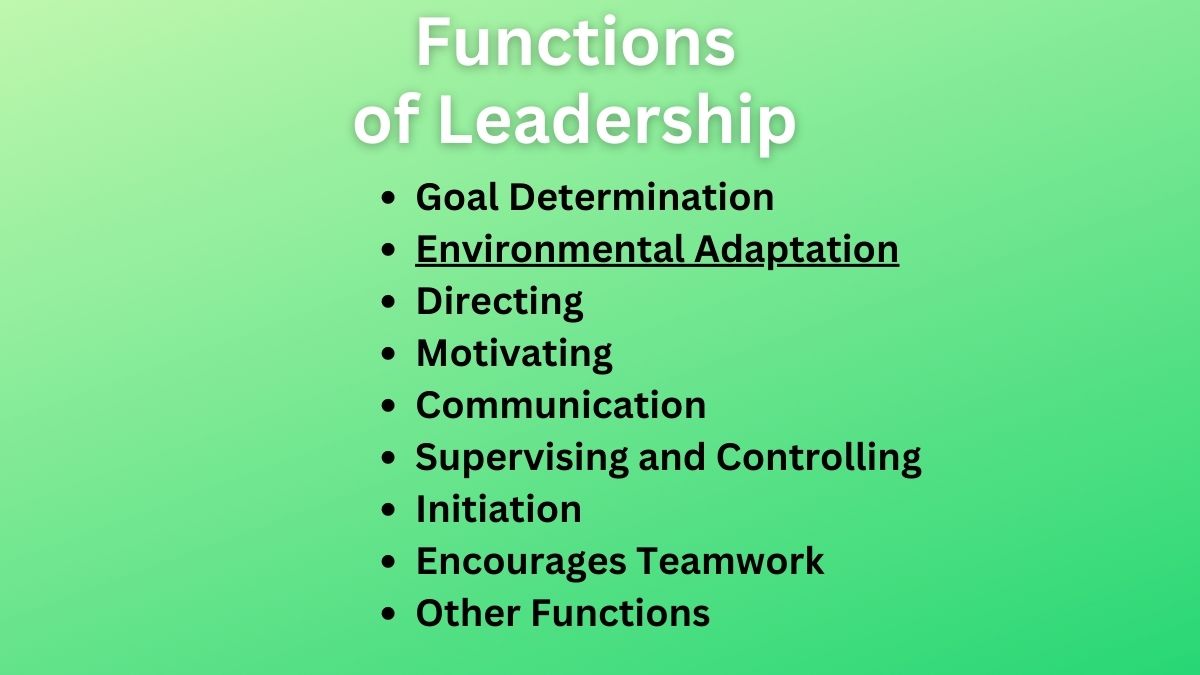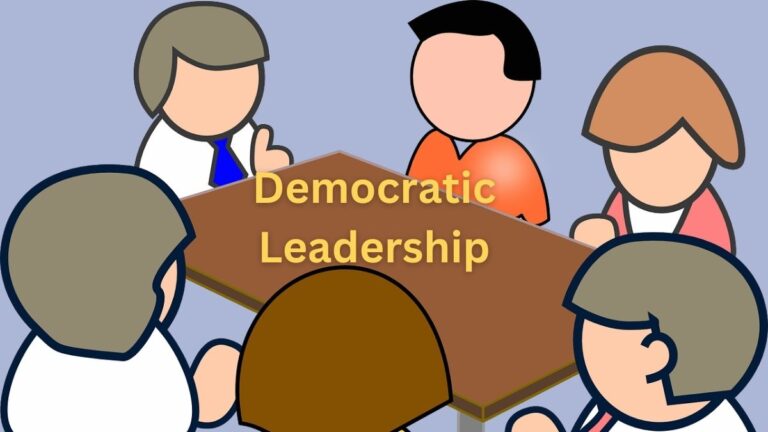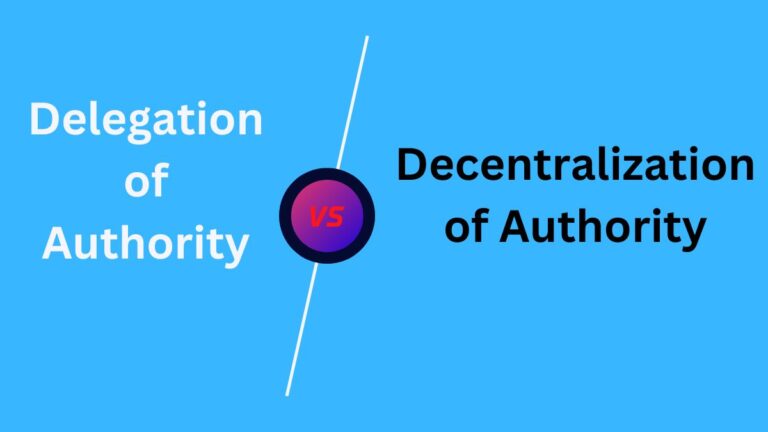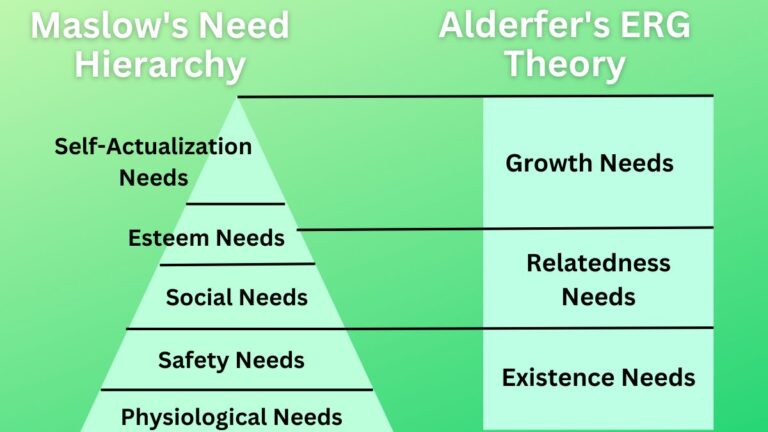8 Functions of Leadership in Management [Explained]
Functions of Leadership
Leadership is the process of influencing employees to devote their best effort to accomplish the organization’s goals. In a business setting, a manager also has to play leadership roles. The following are the important functions of leadership in the workplace.
Goal Determination
In establishing the ultimate organizational goal, leadership is crucial. The top leaders of the company decide on the organization’s vision, mission, objectives, strategies, and goals.
Determined by the senior leaders of the organization, leaders are accountable for setting the goals of individuals and groups. Leadership helps to integrate the goals of individuals and the organization.
Environmental Adaptation
The business environment is complicated and ever-changing. Once created, strategies and plans cannot always produce the same outcomes. Monitoring, scanning, and forecasting environmental changes and their likely implications are the responsibility of leaders.
To adapt to change inside the organization, leadership should take the initiative to adjust plans, policies, and strategies. In a changing environment, it helps to preserve organizational performance. Environmental threats are managed by leadership in order to capitalize on opportunities.
Directing
Leadership directs their followers for the maximum efforts and cooperation to achieve the desired organizational goals. Leaders identify the action plan and give instructions to their followers. They set the ultimate destination of the organization, and direct the followers and organizational activities to attain those destinations.
Related: Principles of Directing
Motivating
Motivating subordinates or followers is also one of the important functions of leadership. Leaders are responsible for creating a motivational workplace through financial or non-financial incentives.
Leaders need to understand the desire and motivation factors of subordinates and work on these. However, great leaders create an effective and motivating working environment naturally. It is helpful to motivate employees to devote their maximum performance toward organizational objectives.
Communication
Leadership influences followers through proper communication. For this, leaders should set a proper channel of communication. Orders are given through communication channels for direction purposes. It helps to manage an effective communication system.
For an effective communication system in the organization, leaders encourage followers for two-way communication. In addition to this, leaders are responsible for making a communication network with the external world for providing and getting information on a necessary basis.
Supervising and Controlling
Effective supervision, training, coaching, and group member development depend on strong leadership. The best way to improve employee quality is through leaders. They establish rules for carrying out the organization’s plans and policies.
Related: Characteristics of Leadership
They monitor the actual work output of the workforce to ascertain whether guidelines, teaching, training, and development are required or not. To guarantee that the work is being done in accordance with standards, it is their responsibility to assess the actual output of each person, as well as that of individual units, departments, and the entire organization.
Thus, leadership carries out controlling duties in order to take corrective action as needed. The supervision and controlling function is the responsibility of each manager at various levels.
Initiation
Management of change is crucial. In response to environmental changes, organizations must modify their goals, objectives, strategies, and working plans. Changes in roles, duties, and authority should be made as necessary.
Cost-effectiveness and quality improvement depend on technological innovation. However, these challenges arise from reluctance within the workforce. Leaders should determine the areas that need to change and how to implement the changes.
In most situations, employees should take the initiative because they are resistant to change. The change is made possible through leaders’ strategic commitment.
Encourages Teamwork
An individual employee can not handle all the activities of the organization. The creation of a feeling of teamwork among all subordinates in the organization is necessary. A leader has to encourage teamwork among his followers. Leaders should bind all their followers with the organization’s goal.
Other Functions
Leadership is the most essential management function to perform many other functions in the organization. It facilitates creating an effective working environment, helps to handle conflicts, solve problems, and operates and coordinates organizational activities successfully.
Read Next: Leadership Styles
Sajan Kushmi is a content writer with more than 4 years of experience. He holds BIM Degree. He write on the topics related to Management, Marketing, and Entrepreneurship.






